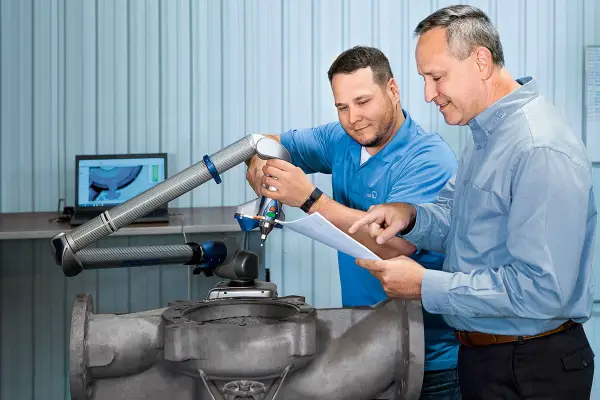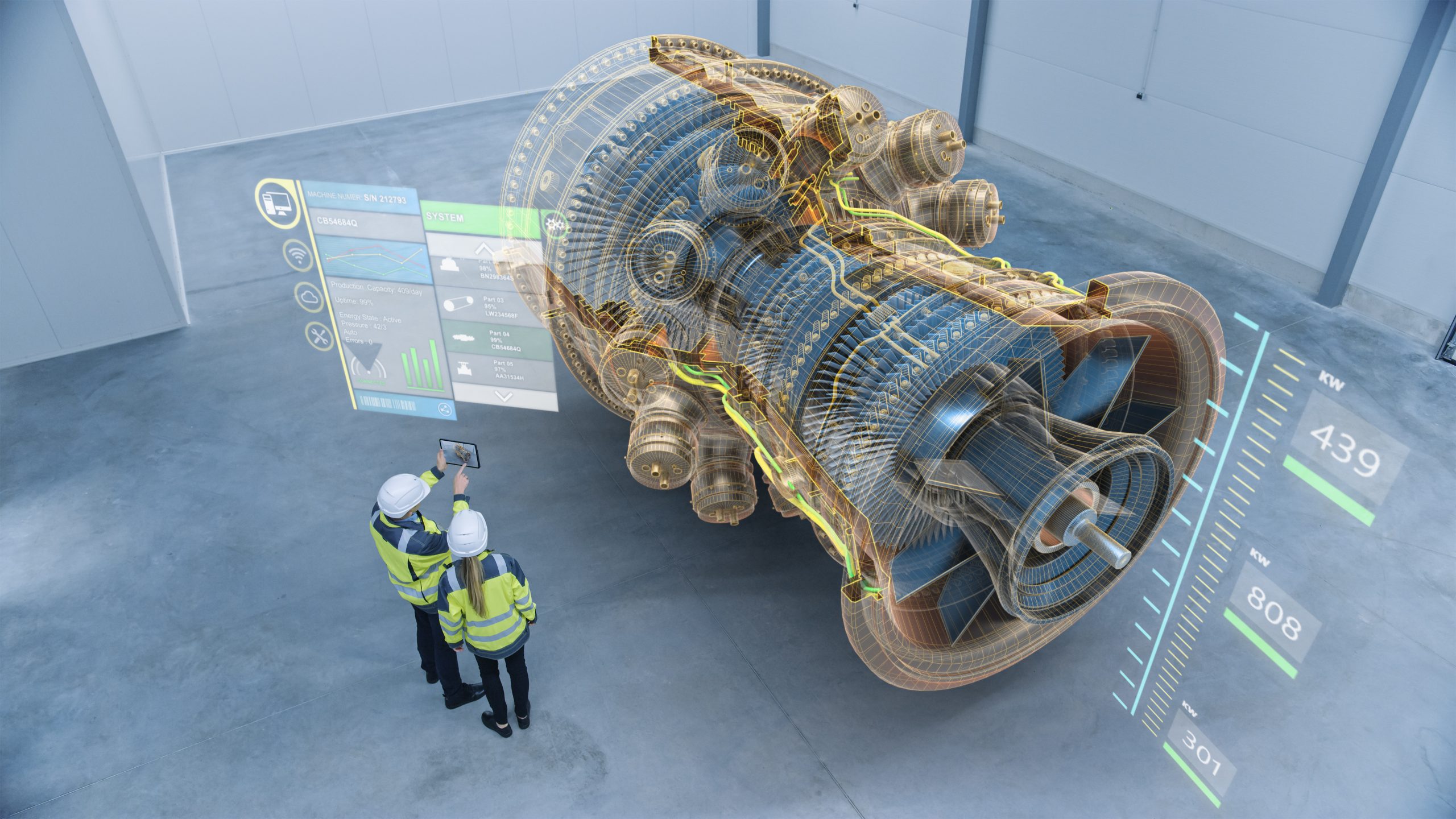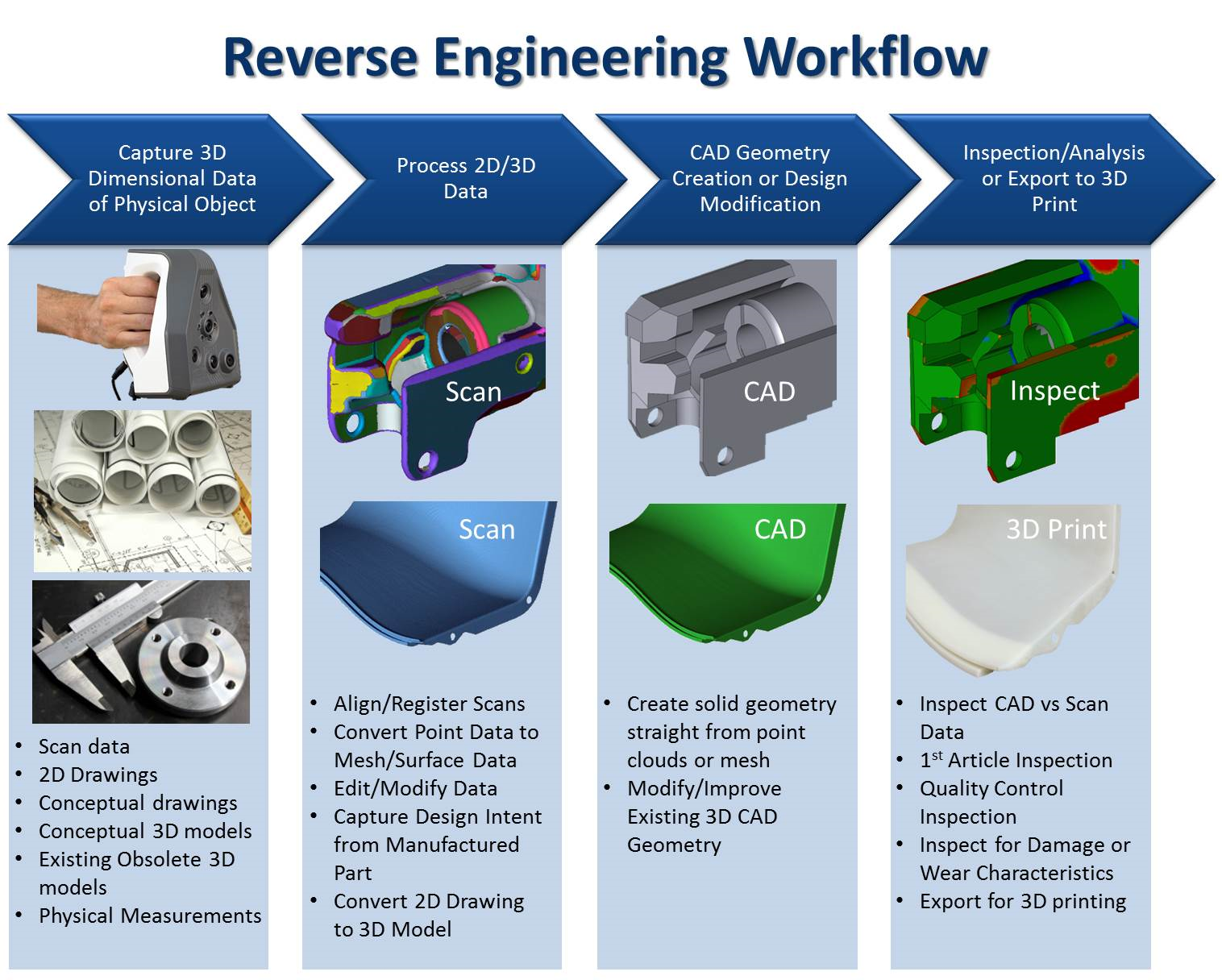Reverse Engineering Maintenance

Executive Summary

Reverse engineering maintenance involves disassembling a product to analyze its design and construction. This process can provide valuable insights for improving the product’s performance, reliability, and maintainability. By understanding the product’s original intent and how it was assembled, maintenance personnel can gain a deeper understanding of its functionality and identify potential areas for improvement.

Introduction
Reverse engineering maintenance has applications in various industries, including manufacturing, automotive, and electronics. By examining the internal components, materials, and assembly methods of a product, reverse engineering maintenance can assist in troubleshooting, performance optimization, cost reduction, and quality assurance.
Subtopics
1. Detailed Examination of Components
- Disassembly and Inspection: Physically dismantling the product to inspect its components, identify wear patterns, and analyze their interactions.
- Component Analysis: Studying the materials, dimensions, tolerances, and surface finishes of individual components to determine their functionality and potential failure modes.
- Failure Root Cause Analysis: Investigating component failures to identify the underlying causes, whether due to material defects, design flaws, or improper usage.
2. Functional Analysis and Testing
- Functional Mapping: Creating a diagram that outlines the interactions between components and subsystems, identifying their intended functions.
- Dynamic Testing: Conducting tests to assess the performance of the product under various operating conditions, observing its response to load, temperature, and other factors.
- Performance Evaluation: Comparing the product’s performance to its design specifications and identifying deviations or enhancements that can be implemented.
3. Materials and Manufacturing Process Evaluation
- Material Identification: Determining the types of materials used in the product’s construction, including metals, plastics, and composites, and assessing their properties.
- Manufacturing Process Analysis: Examining the techniques used to fabricate the components, such as casting, machining, and molding, identifying potential areas for cost reduction or quality improvement.
- Design Review: Evaluating the product’s design for flaws, inefficiencies, or unnecessary complexity, suggesting modifications to enhance performance and manufacturability.
4. Warranty and Liability Assessment
- Product Liability Investigation: Analyzing the product to determine its adherence to safety standards and regulations, identifying potential hazards or risks to consumers.
- Warranty Claims Analysis: Assessing the validity of warranty claims, evaluating the cause of failure, and providing recommendations for design improvements or maintenance procedures.
- Forensic Analysis: Investigating product failures or accidents to determine the root cause and establish liability, providing expert testimony as required.
5. Intellectual Property and Innovation
- Patent and Copyright Protection: Reviewing the product’s design and features to identify potential intellectual property issues and provide recommendations for protecting innovations.
- Competitive Benchmarking: Analyzing competitors’ products to identify best practices, understand their strengths, and develop strategies for competitive advantage.
- Research and Development: Utilizing the insights gained from reverse engineering maintenance to inform new product development, enhance existing designs, and drive innovation.
Conclusion
Reverse engineering maintenance is a powerful tool that empowers organizations to optimize the performance, reliability, and maintainability of their products. By meticulously examining and analyzing each component, identifying potential issues, and evaluating the overall design, engineers and technicians can gain valuable insights that can lead to significant improvements throughout the product lifecycle.
Keyword Tags
- Reverse Engineering Maintenance
- Component Analysis
- Functional Testing
- Performance Optimization
- Intellectual Property Protection
